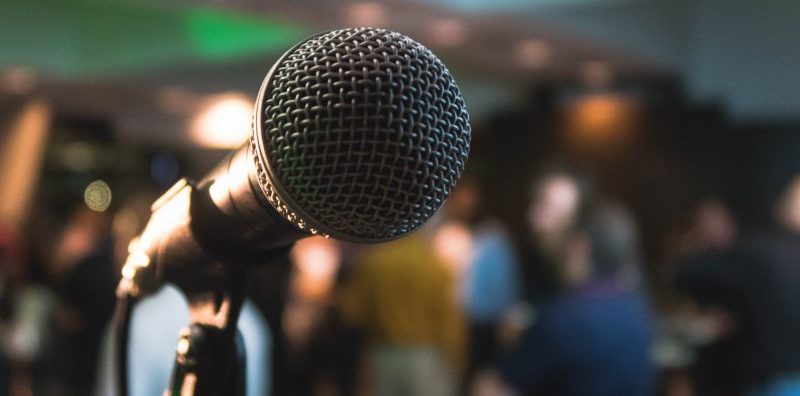 Answering a reporter’s questions on camera can often be intimidating, especially when thousands of people are watching and anticipating your every answer.
Answering a reporter’s questions on camera can often be intimidating, especially when thousands of people are watching and anticipating your every answer.
When preparing for your media interview, the first step is to make sure you have a well-crafted message. Who is your audience? What is the key takeaway? Are you raising an important issue? Is there a specific call to action that will help your message move forward?
Once you have these answers, distill them into a well thought-out, concise statement called a sound bite. This is the statement that you want to make into the news if nothing else gets published or broadcast. It is usually clear, brief and succinct.
Sometimes, the reporter will ask a question that the sound bite doesn’t exactly answer. The key message is usually related to the question, but not necessarily an answer to what the reporter is trying to uncover.
Bridging is a common media training technique for addressing this type of scenario, and it’s as easy to remember as ABC:
A — Acknowledge the reporter’s question.
It shows that you understand what they are asking and that you will answer the best you can.
However, not acknowledging the reporter’s question can sometimes backfire. The reporter may try to ask the question again, and if it is continually ignored, the audience may suspect you are intentionally evading the question.
Therefore, it is better to acknowledge a question saying, “I don’t know the answer to that question,” than not address it altogether.
B — Bridge the question and your sound bite.
Bridging is the use of a phrase that signals to the audience that you will change the scope of your answer.
Bridging may begin with one of these phrases:
- “What is most important is . . .”
- “What we should focus on is . . .”
- “What the public should know is . . .”
Or
- “The point (or goal) is . . .”
When the audience hears these phrases, you are indicating to them that the real message is coming up, so they should tune in to what you are saying.
C — Communicate your key message.
What information do you want the audience to know? What is your message’s key takeaway? This is where you have control of the interview and can communicate what you do know.
Finally, while the sound bite and bridging methods are good media techniques, the most important technique to remember is making sure you remain authentic in the public’s eye. Too little practice with this and you might come across as unprofessional. Too much preparation and you might come across as someone simply regurgitating boilerplate language.
Remember, be ready for the hard questions, but know that it is okay to be truthful if you don’t know the answer.
Related reading: Top 10 Tips for Mastering Media Interviews
Meredith Gibson is a GovLoop Featured Contributor. She uses the power of media advocacy and geographic information systems to promote systems and policy changes that contribute to healthy, safe and vibrant communities in San Diego County. Meredith is a media director at the Institute for Public Strategies, a non-profit organization that addresses equity in public health, particularly around substance abuse prevention. She writes news releases, collaborates on opinion editorials and pitches ideas and spokespersons to news outlets, amassing media coverage at the local and national levels. She also authors story maps and analyzes spatial data to inform policy decisions.





Leave a Reply
You must be logged in to post a comment.